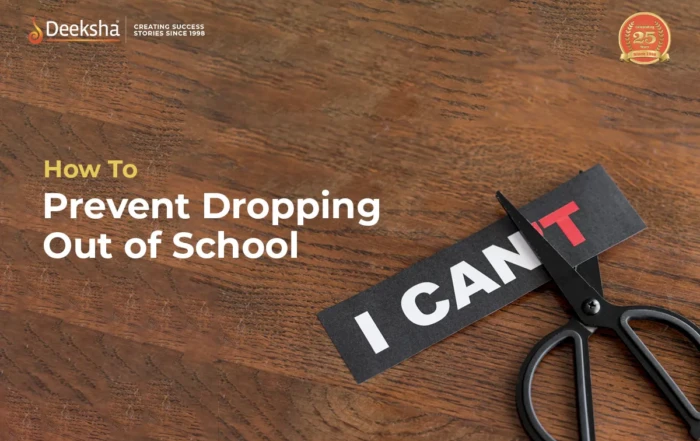Corrosion is the process where metals gradually deteriorate due to reactions with the environment, typically involving oxygen and moisture. This phenomenon is most commonly seen with iron, which forms rust when exposed to air and moisture. However, other metals also corrode, each forming a different product based on its reactivity.
Causes and Process of Corrosion
Corrosion primarily occurs due to the following factors:
- Moisture: Water molecules are crucial for corrosion. Metals like iron oxidize in the presence of water.
- Oxygen: Oxygen from the air reacts with metals, forming metal oxides.
- Pollutants: Sulfur dioxide and carbon dioxide in the air accelerate corrosion by forming acidic compounds when dissolved in water.
Example: Rusting of Iron
Rust is iron oxide formed when iron reacts with oxygen and water. The equation for rusting is:
Iron hydroxide further reacts to form rust, a flaky, brown substance that weakens iron structures.
Other Examples of Corrosion:
- Copper: Reacts with moist carbon dioxide to form a green layer of basic copper carbonate.
- Silver: Tarnishes when exposed to sulfur in the air, forming silver sulfide.
Types of Corrosion
- Uniform Corrosion: This type occurs evenly over the entire metal surface. It’s seen in metals like iron, where the surface corrodes uniformly.
- Galvanic Corrosion: This occurs when two different metals are in contact in the presence of an electrolyte, leading to the more reactive metal corroding faster.
- Pitting Corrosion: This form of corrosion results in small pits or holes on the metal surface, which can lead to failure over time.
Prevention of Corrosion
There are several methods to prevent or slow down corrosion:
Painting, Oiling, and Greasing
- Painting: A layer of paint on metals like iron creates a barrier that protects the metal from exposure to moisture and oxygen.
Galvanization
- Definition: Coating iron or steel with a thin layer of zinc. Zinc protects the metal from rusting, even if the coating is scratched.
- Example: Galvanized iron pipes are used in plumbing systems to prevent rust.
Alloying
- Definition: Mixing a metal with other elements to enhance its resistance to corrosion.
- Example: Stainless steel is an alloy of iron, chromium, and nickel. Chromium forms a protective oxide layer on the surface, preventing rusting.
Anodizing
- Definition: A process used for metals like aluminum, where an oxide layer is artificially thickened to protect the metal.
Real-life Applications
- Construction: Galvanized steel is widely used in construction to prevent rusting of beams and pillars.
- Automobiles: Car bodies are painted and often galvanized to protect them from rusting due to exposure to the elements.
Practice Questions with Answers
Q1: What is corrosion? Name a method to prevent it.
- Answer: Corrosion is the gradual degradation of metals due to chemical reactions with the environment, such as the formation of rust on iron. Galvanization is a method used to prevent corrosion by coating metals with zinc.
Q2: Explain why aluminum does not corrode easily.
- Answer: Aluminum forms a thin oxide layer on its surface when exposed to air, which prevents further corrosion. This oxide layer acts as a protective shield.
Q3: What chemical reaction leads to the rusting of iron?
- Answer: The chemical reaction for rusting is:
-
.
-
- This reaction forms iron hydroxide, which further reacts to form rust.
FAQs
Anodizing increases the thickness of the oxide layer on metals like aluminum, protecting the metal from further oxidation and corrosion.
Zinc is more reactive than iron. When it is used to coat iron, it corrodes first, protecting the iron from rusting. This process is known as galvanization.
Iron is reactive and combines with oxygen and water to form rust. Gold is an unreactive metal, and it does not react with oxygen, even at high temperatures.
Related Topics
- Acids and Bases
- Understanding the Chemical Properties of Acids and Bases
- Suspension
- Protein Structure And Levels of Protein
- Chemistry FAQs
- Bohr’s Model Of Atom
- Metals and Non-Metals
- Differential Extraction Chromatography
- Some Important Carbon Compounds – Ethanol And Ethanoic Acid
- Hybridization
- Electronic Configuration of First 30 Elements
- Reactivity Series
- Atomic Mass of Elements
- Rutherford’s Model of Atoms and its Limitations
- Chemical Properties Of Metals












Get Social